How Does Intellectual Property Make Profits and Keep Making Profits in the Entertainment Industry?
Bingyan (Bella) Liu
AbThis applied research project takes a deep dive into intellectual property and its profitability in the entertainment industry by looking at Harry Potter and Marvel’s franchise chain. With focus and effort, it also studies the main business strategy Blue Ocean for future practical applications.


Novel
Harry Potter is a series of seven fantasy novels written by British author J. K. Rowling. The books have found immense popularity, positive reviews, and commercial success worldwide, and are often considered cornerstones of modern young adult literature. As of February 2018, the books have sold more than 500 million copies worldwide, making them the best-selling book series in history, and have been translated into more than eighty languages.
Film
The original seven books were adapted into an eight-part namesake film series by Warner Bros. Pictures. In 1999, Rowling sold the film rights for Harry Potter to Warner Bros. for a reported $1 million. A spin-off prequel series planned to consist of five films started with Fantastic Beasts and Where to Find Them premiered in November 2016, marking the beginning of the Wizarding World shared media franchise. In 2016, the total value of the Harry Potter franchise was estimated at $25 billion, making Harry Potter one of the highest-grossing media franchises of all time.
Have you heard the phrase “People Will Pay Anything For Their Entertainment”?
Let’s take Harry Potter as an example.




Theme Park Game
The success of the books and films has allowed the Harry Potter franchise to expand with numerous derivative works among many other developments.
Themed attractions, collectively known as The Wizarding World of Harry Potter, is a chain of themed areas at Universal Parks & Resorts amusement parks around the world based on the Harry Potter media franchise. The area contains many gift shops and restaurants from the novels. Customers follow in Harry Potter's footsteps as they walk through the streets of London and enter Diagon Alley where they’ll find many of the wizarding world's most famous establishments.
The Harry Potter video games are a series of video games based on the Harry Potter franchise. There are thirteen Harry Potter video games, eight corresponding with films and books, and five spinoffs. After the success of the initial games, Warner Bros. Games created the label Portkey Games and expanded the series to include a pair of Lego video games. The games have sold over 50 million units and grossed over $1.5 billion in video game sales and an additional $1 billion in mobile game sales.

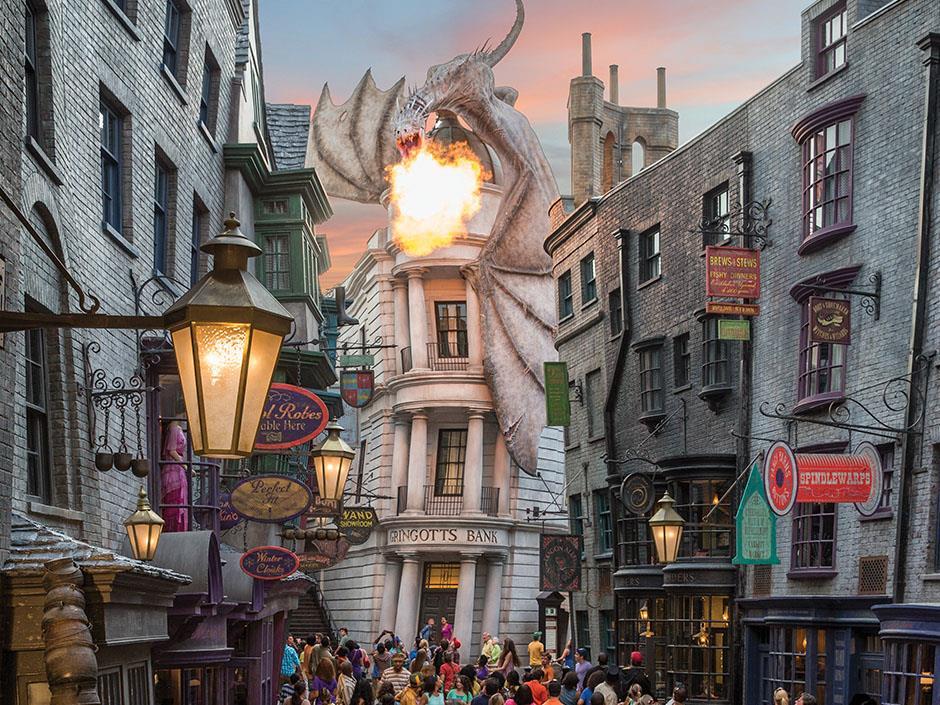

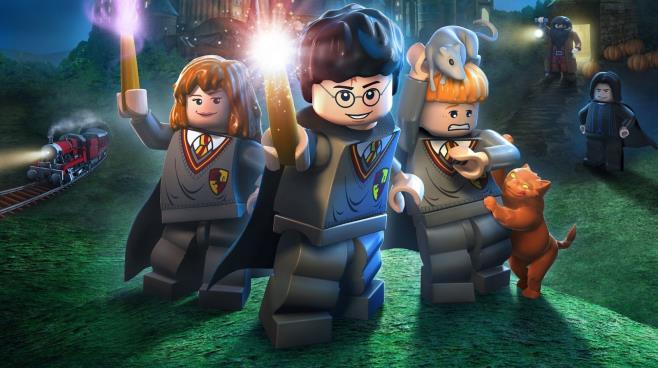
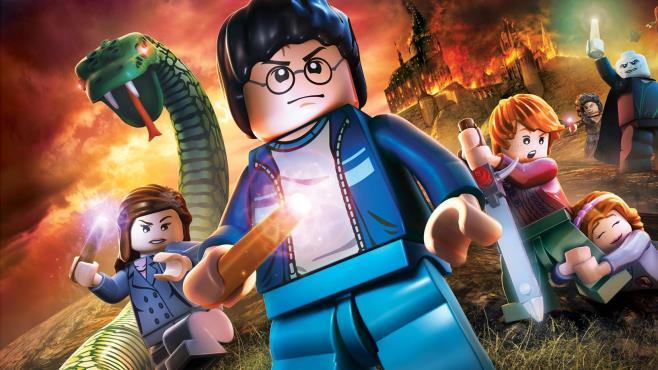

Layers of Money
Film Theme Park Game
Harry Potter’s success from novel to movie, games, themed attractions, and merchandise shops, are the layers of money. Book publishing is a layer of money, a hard copy is a layer, and the digital book is another layer. Film adaptions are a new layer of money, the movie theater chain is a layer, DVD is another layer, streaming media platform is another layer, and so on. When all the novels and movies come to another country, it is the other layers of money too. Every language it has been translated into is a layer of money, and every country it reaches is a layer of money. All these layers make profits and keep making profits not only in the entertainment industry but all business cycles for Harry Potter.
Novel
What Actually Makes the Profits in the Entertainment Industry?
---
Intellectual Property ---
In an age of ascendant intellectual property, given the book series’ astonishing success and the lucrative global media enterprise it has spawned, Harry Potter perfectly presented a thriving example for the industry.
Intellectual Property
Intellectual property (IP) is a category of property that includes intangible creations of the human intellect. There are many types of intellectual property. The best-known types are patents, copyrights, trademarks, and trade secrets.
In the entertainment industry, category extensions whereby intellectual property (IP) transfers from one medium to another are common practices. The logic of category extensions is straightforward: the parent product’s quality may positively influence consumers’ image toward the extension category and help create awareness to ultimately drive sales. To this end, it is an often-used strategy across many industries to enter new markets and take advantage of earlier investments.

Profitability of IP

There is a great monetary value in the strategy. The reciprocal spillover effect between the extension product and the parent product indicates that the success of an extension is not only important for the sales of that extension itself but it may also significantly impact the sales of the original product. The Hunger Games Trilogy print, for instance, saw a 55% increase in sales at the beginning of 2012 when the first Hunger Games film came out. Similarly, book sales of the novel series A Song of Ice and Fire only took off to spectacular heights with the success of the corresponding TV series Game of Thrones. The reciprocal spillover effect implies that the extension not only will create awareness through media coverage and word-of-mouth but will also enhance the quality associations, enticing viewers to consider the original product, hence, the overall interest will grow bigger and greater. That’s why intellectual property can keep making profits.

Let’s Look At The Case of Marvel
• Comic Book
• Moviemaking – Marvel Studio

• Comic Book
Marvel originally was a comic book-only firm. Marvel has seen a cast of heroes, villains, and events that rival anything found in its comic books. Over a few decades, Marvel created over 8,000 characters in what became arguably an American version of Homer’s The Odyssey and The Iliad. Most of Marvel’s characters start as ordinary people and are transformed, oftentimes by accident, into reluctant superheroes. During the 1940s, the comic book industry thrived, filling the entertainment space. By the end of 1965, Marvel circulated 35 million comic books per year and inspired 500 fan letters per day. By 1967 Marvel sold six million comic books per month. Marvel’s flagship comic book business produced direct revenue and vast intangible assets: intellectual property, decades of characters, storylines, brand, customer goodwill, and institutional knowledge about how to weave its IP into great stories. The overall comic book market was estimated to be valued at just under $300 million in 1998.

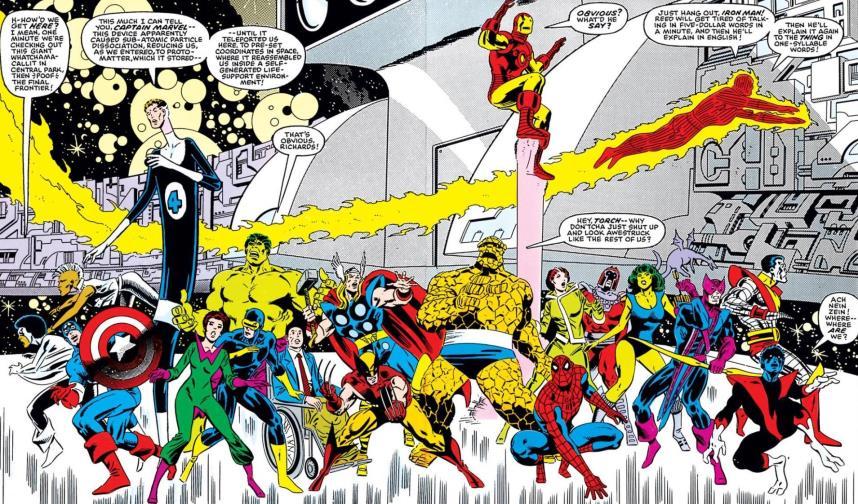
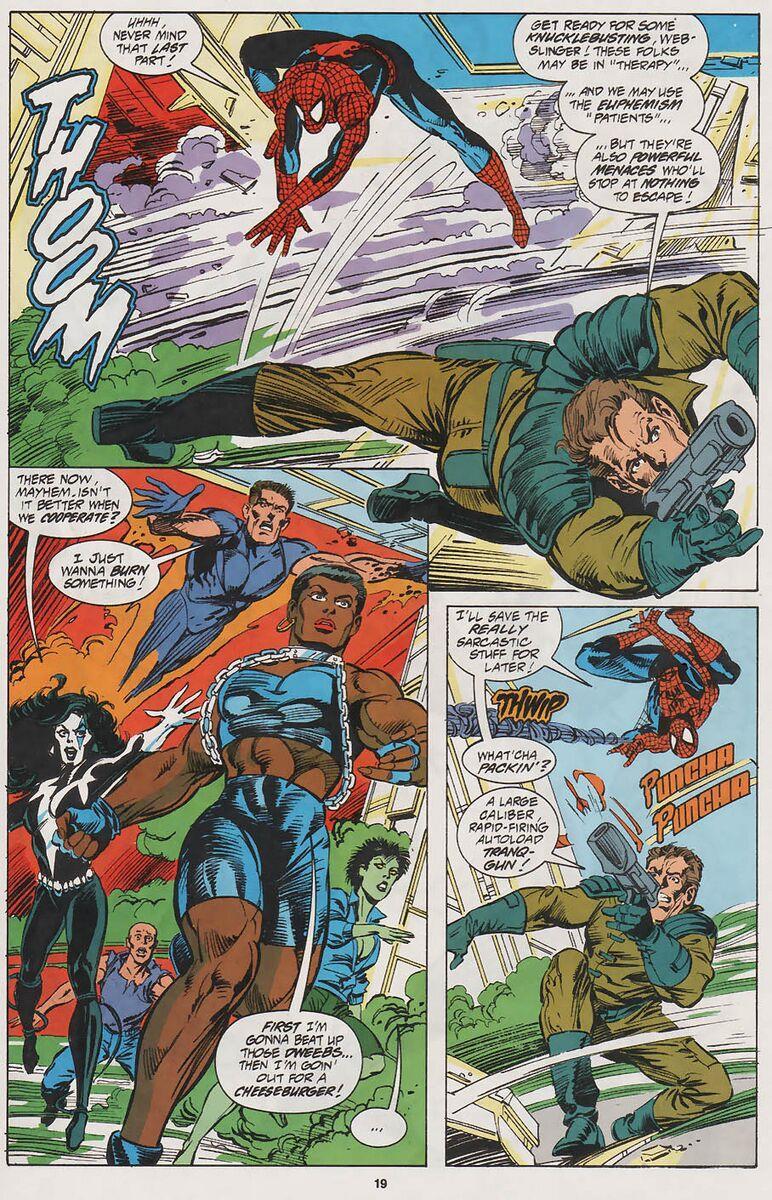

Moviemaking – Marvel Studio
Licensing Studios
Until Marvel declared bankruptcy and began licensing their characters (SpiderMan, The X-Men, The Fantastic Four, Daredevil, Blade, Ghost Rider) to established movie studios including Sony-Columbia, Fox, New Line, and Lionsgate. Between 1998 and 2007, 16 films featuring these Marvel characters were released by these licensing studios, mostly to financial success. The royalties from these films provided Marvel with a much-needed alternative revenue stream capital back at that time. Meanwhile, the comic book market more than doubled in value to $660-$700m.
Marvel Studio
TV Show
Marvel changed its business model by creating its own production studio in 2008 to produce its own Marvel films. Marvel premiered its first movie, Iron Man, in May 2008. The movie was a blockbuster, grossing $585 million worldwide. Between 2008 and 2018, Marvel Studios produced twenty films, six of which remain in the top 20 all-time box office worldwide gross. Collectively, these films have grossed over $17bn. Marvel Studio retains strong ties to the sister divisions in that the content featured in the films continues to derive from the same pool of established IPs.
Marvel now is also layering different types of media, expanding aggressively into television. In 2013, Marvel launched the critically acclaimed Agents of S.H.I.E.L.D. Marvel sees its shows as strategically important – bringing Marvel characters from the big to the small screen – and has committed to spending $200 million to produce entirely new shows. Recent Marvel television shows include Loki, WandaVision, and Moon Knight.
With all the Marvel properties including Marvel Comics, Marvel Studios, Marvel Animation, Marvel Television, etc., Marvel now has become one of the unstoppable profit-making forces in the entertainment industry today.
•

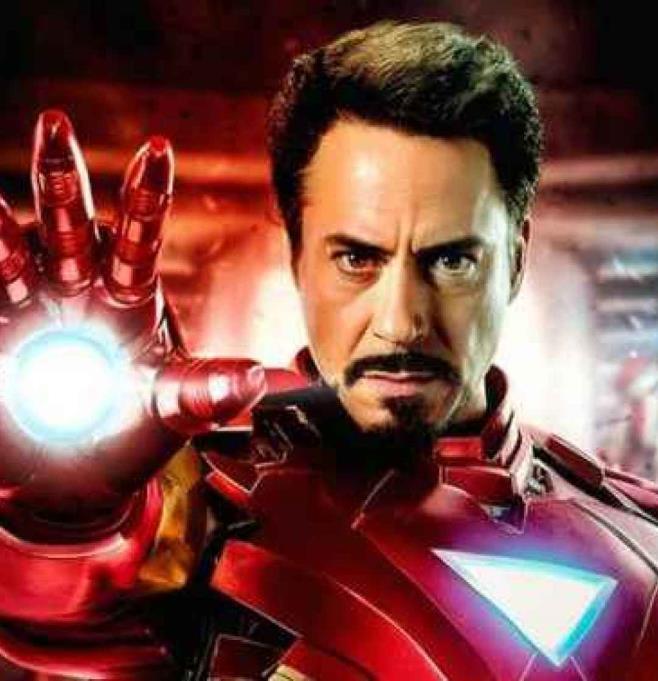

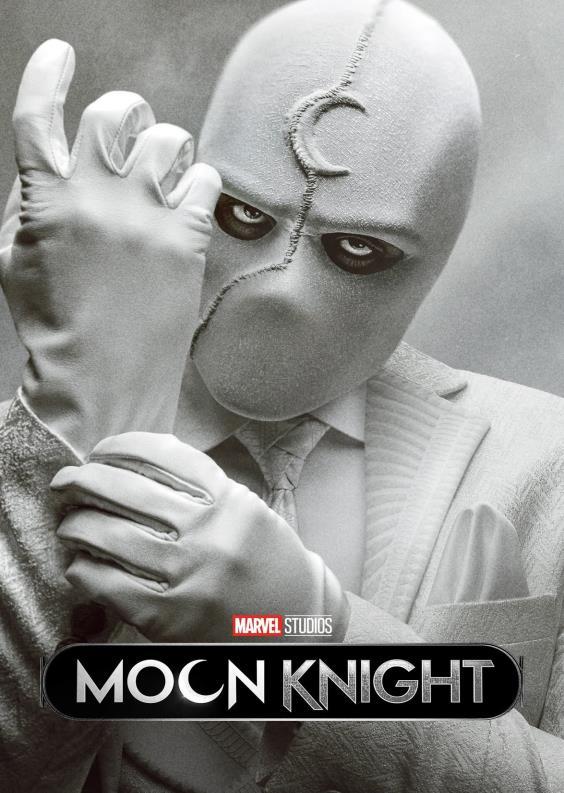

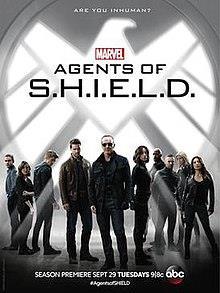
“The Wagon Wheel”
Marvel’s other businesses
prospered as the films gained popularity. Marvel’s success is described as “The Wagon Wheel”.
The hub of the wheel is the intellectual property: Marvel’scharacters, Marvel’sbrand. The spokes on the wheel are how Marvel monetizes the IP and the spokes can be media forms or consumerproduct categories. The rim of the wheel is the synergy between all of those spokes. When Marvel started, it only had two spokes. It had the comic book business, called print media, and the toy business.That’s a very wobbly wheel; two spokes don’t support a wheel very well and that reflects the bankruptcy that Marvel had gone through.When Marvel did X-Men 1, that added a third spoke on the wheel,motion pictures. And of course, motion pictures then led directly to licensing,and then it added video games, which is a very big category. When the motion picture came out Marvel went from two spokes to probably ten spokes and that’s the essence of what happened.Thenit could move into television.It is firmly believed that if people saw films they would buy toys for their kids, they would play video games, go to the amusementparks where Marvel’scharacters were, and all these experiences played into other experiences.The holy grail of entertainmentis owning and controlling own IP to maximize spokes on the wheel.” (Kim et al., 2016)

Blue Ocean Strategy

Marvel, which struggled to make payroll just a decade earlier, went on to unlock a blue ocean of moviemaking that has yielded more revenue and profit than any film franchise in history. Marvel’s decision to control its own destiny in the movie business enabled Marvel to open many other key factors and sail to its new blue ocean…
Marvel is a great example of the Blue Ocean strategy by cleverly exploiting its IPs.
Blue Ocean Strategy

• Blue ocean strategyis a managementconceptthatprescribesthat organizations,ratherthangoing head-to-headwithcompetitors,try to createand exploitnew marketspaces,so-calledblueoceans.
• Blue oceans denote all the industriesnot in existencetoday – the unknown market space,unexploredanduntaintedby competition. Like the ‘blue’ ocean, it is vast,deep, and powerful – in terms of opportunityandprofitablegrowth.
• Blue ocean strategistsrecognizethatextra demandis out there, largelyuntapped,whichrequiresa shift of attentionfrom supplyto demand,from a focus on competingtoa focus on creatinginnovative valueto unlock new demand.Thisis achievedviathe simultaneous pursuitof differentiationandlow cost.
• As the marketstructureis changedby breakingthe value-costtradeoff, so are the rulesof the game.By expandingthe demandsideof the economy new wealthis created.Such a strategy,therefore,allows firms to largelyplaya non–zero-sum game,withhigh pay-off possibilities.
© Chan Kim & Renée Mauborgne. All rights reserved.
Blue OceanStrategy has helped Marvelturn aroundits business manytimes andwinsuccess ultimatelyin today’s business industry.Marvellaunchesblueocean at differentstages of its ongoingbusiness.In the earlystage, Marveltook a blue ocean turn by focusingon noncustomercollegestudents. Marvelinventedcharactersthatwere people first and superheroessecond: Spider-Man,TheHulk, Iron Man, etc. The businessthrived because of it. After bankruptcy,Marvelthen created a new type of blue ocean that wenton to produce the most profitablemovie franchise inhistory.



Future Practical Applications
--- Finding New Bule Ocean For The Future ---
Marvel’s current blue ocean is about ten years old and continues to endure, but eventually, all blue oceans turn red if companies either start to compromise the strategy to their success or when competitors aggressively imitate and companies fail to value innovate again.
From theory to real-world practice, how can firms develop a blue ocean strategy in different marketing environments in order to make sure they make profits and keep making profits?
OTHER OPPORTUNITIES? OTHER COMPANIES?. . .
Academic Methodology
Quantitative Research Method
---
Survey ---

Survey: To develop a detailed investigation
Benefits of Surveys
• Information is needed quickly
• The budget is limited
• Collect data on a wide range of topics
• Questions can be precisely designed and stated
For this project, I will design a survey to assess people’s willingnessto spend their money on their entertainment items (in this case the item would be a novel), their expectations of extension products of the novel (in this case the extension products wouldbe a sequel, a movie adaptionor relativemerchandise), their excitement about the extension products, their awareness of IP, and the estimated expense they spend for their general entertainment.
In this survey, respondents will also be asked to tell the name of the novel and how likely they would recommend the novel to their friends. Scoring will be ranked on several different dimensions. Surveys can be administeredonline, in person, over the phone, or by mail. I will use the surveys to compile data on the performance, reliability,satisfaction, and profitability associated with the novel and its category extensions possibility.
The full survey consists of a total of 13 questions:
Q1: Gender (male/female/othergenders)?
Q2: Age (under 18/18-24/25-30/31-40/41-49/50 & over)?
Q3: What is the name of the novel?
Q4: Would you read the sequel of the novel? (Yes/ Not Sure/No)
Q5: On a scale of 1-10, what is your excitement level for the sequel? (1=low, 10=high)
Q6: Would you watch the film adaption of the novel? (Yes/ Not Sure/ No)
Q7: On a scale of 1-10, what is your excitement level for the film adaption? (1=low, 10=high)
Q8: Would you buy the relative merchandiseof the novel?(Yes/ Not Sure/No)
Q9: On a scale of 1-10, what is your excitement level for the merchandise?(1=low, 10=high)
Q10: Do you know what intellectualproperty is? (Yes/ Not Sure/ No)
Q11: Can you use one sentenceto briefly explain intellectual property?
Q12: What is the estimated expense you spend for your general entertainmentmonthly?
Q13: Would you recommend this novel to your friends or family? (Yes/ Not Sure /No)

References
Bochańczyk-Kupka, D. (2019). Intellectual property as intangible good. EkonomiaIPrawo.EconomicsandLaw, 18(2), 123–131. https://doi.org/10.12775/EiP.2019.010
Buoye, A., De Keyser, A., Gong, Z., and Lao, N. (2020). Intellectual property extensions in entertainment services: Marvel and DC comics. JournalofServicesMarketing , 34(2), 239–251. https://doi.org/10.1108/JSM-06-2019-0224
Dolan, R.J. and John, L.K. (2015). Marketing Reading: Marketing Intelligence. HarvardBusinessPublishing Education , 8191-PDF-ENG. https://hbsp.harvard.edu/product/8191-PDF-ENG?
Kim, W.C., Mauborgne, R., and Olenick, M. (2016). The Marvel Way: Restoring a Blue Ocean. INSEAD , IN1182PDF-ENG. https://hbsp.harvard.edu/product/IN1182-PDF-ENG?
Madsen, D., & Slåtten, K. (2019). Examining the Emergence and Evolution of Blue Ocean Strategy through the Lens of Management Fashion Theory. SocialSciences(Basel),8(1), 28. https://doi.org/10.3390/socsci8010028
Red Ocean Strategy vs Blue Ocean Strategy. Blue Ocean Strategy. (2022). Retrieved January 10, 2023, from https://www.blueoceanstrategy.com/tools/red-ocean-vs-blue-ocean-strategy/
Striphas, T. (2009). Harry Potter and the Simulacrum: Contested Copies in an Age of Intellectual Property. Critical StudiesinMediaCommunication,26(4), 295–311. https://doi.org/10.1080/15295030903177516
Thank You Bingyan (Bella) Liu BingyanLiu2023@u.northwestern.edu 773-733-2736
































